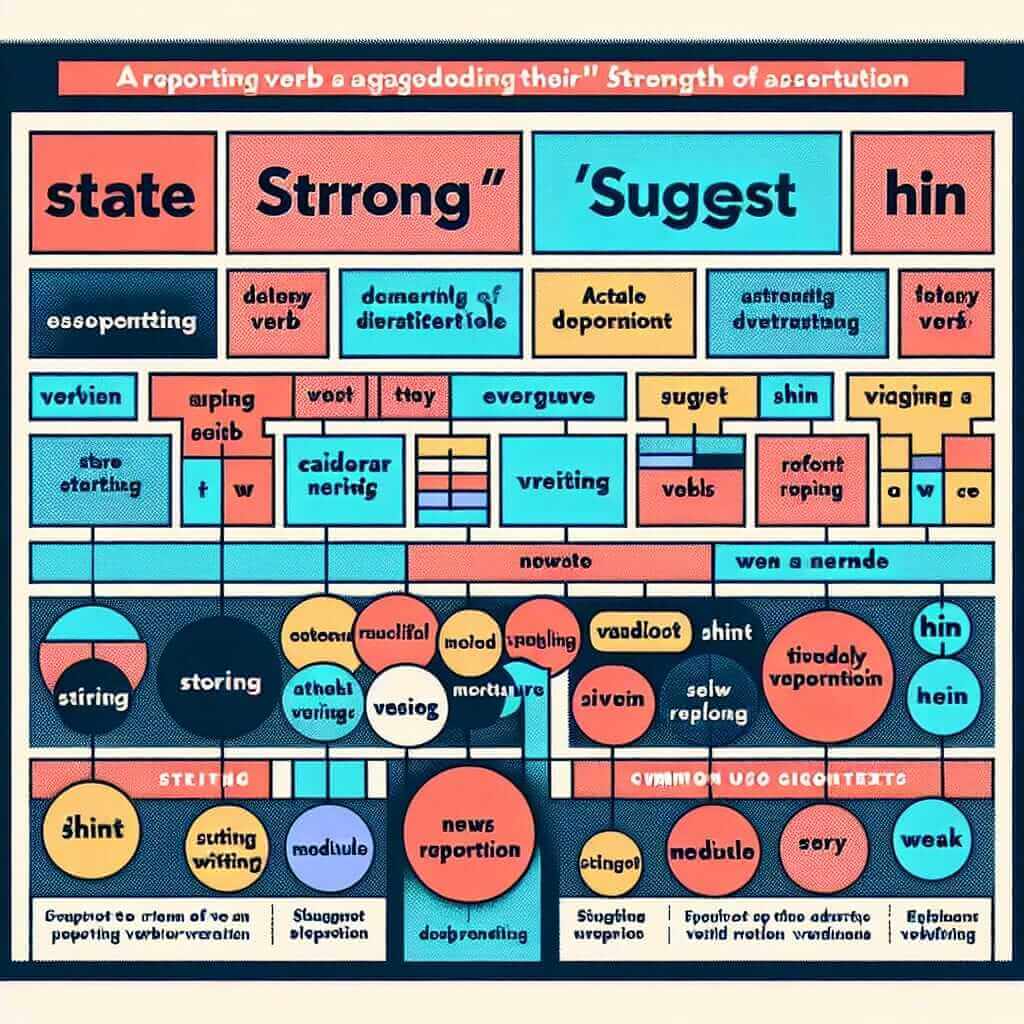“In contrast to” is a powerful phrase that can elevate your IELTS Writing and Speaking scores, demonstrating your ability to present clear, sophisticated comparisons. While seemingly simple, mastering its usage is crucial for achieving a Band 7 or higher. Let’s explore how to wield this phrase effectively in your IELTS journey.
Nội dung bài viết
Understanding “In Contrast To”
“In contrast to” highlights a stark difference between two things. It’s particularly useful in academic writing (Task 1 & 2) and formal speaking (Part 3) where you might analyze data, discuss opposing viewpoints, or compare and contrast situations.
Examples:
- IELTS Writing Task 1: “In contrast to the sharp decline in car sales, the bicycle industry experienced a significant boom.” (Comparing trends)
- IELTS Writing Task 2: “Some argue that technology isolates individuals, in contrast to the belief that it fosters global connections.” (Contrasting viewpoints)
- IELTS Speaking Part 3: “Well, in contrast to the traditional classroom setting, online learning offers greater flexibility.” (Comparing learning environments)
Using “In Contrast To” Effectively
Grammatical Structure & Application
Structure:
Subject + Verb + Object + “in contrast to” + Noun Phrase/Clause
Examples:
- The company’s profits soared this year, in contrast to last year’s losses.
- City life is fast-paced and exciting, in contrast to the slower pace of rural areas.
- In contrast to his earlier optimism, the scientist now expressed concerns about the experiment’s outcome.
 IELTS Writing Task 1 Graph
IELTS Writing Task 1 Graph
Applying “In Contrast To” in IELTS
1. IELTS Writing Task 1 (Describing Trends):
- “In contrast to the steady increase in online shopping, physical stores saw a marked decrease in customer visits.”
2. IELTS Writing Task 2 (Presenting Arguments):
- “Proponents of globalization argue that it boosts economic growth, in contrast to critics who believe it exacerbates inequality.”
3. IELTS Speaking Part 3 (Expressing Complex Ideas):
- “While some people thrive in bustling environments, others, in contrast to this, find solace in quiet, natural surroundings.”
Achieving Band 7+ Proficiency
To truly impress the examiner, consider these strategies:
- Vary your language: Use synonyms like “conversely,” “on the other hand,” or “whereas” to avoid repetition.
- Combine “in contrast to” with other cohesive devices: Employ phrases like “while,” “although,” or “despite” to create more complex sentence structures.
- Ensure clear comparisons: Make the contrasting elements obvious and logically connected.
Example:
“While some argue that social media fosters superficial connections, others believe it strengthens existing relationships by providing a platform for frequent interaction, in contrast to traditional means of communication.”
Common Errors & How to Avoid Them
1. Incorrect punctuation: Remember to use a comma after the phrase “in contrast to” when it appears at the beginning of a sentence.
Incorrect: In contrast to his expectations the exam was quite easy.
Correct: In contrast to his expectations, the exam was quite easy.
2. Lack of parallelism: Ensure the elements being contrasted have a similar grammatical structure.
Incorrect: The new policy encourages innovation, in contrast to the old one which stifled it.
Correct: The new policy encourages innovation, in contrast to the old one, which stifled it.
Conclusion
Mastering the art of comparison is essential for achieving a high IELTS score. “In contrast to” is a valuable tool in your linguistic arsenal, allowing you to articulate differences with clarity and sophistication. Remember to practice using this phrase in various contexts, pay attention to grammar and punctuation, and explore its synonyms for greater linguistic range. With consistent effort, you’ll be well-equipped to impress the examiner and achieve your desired IELTS band!


